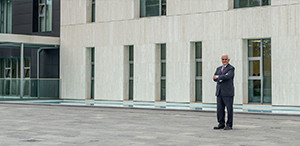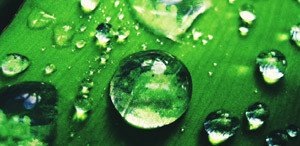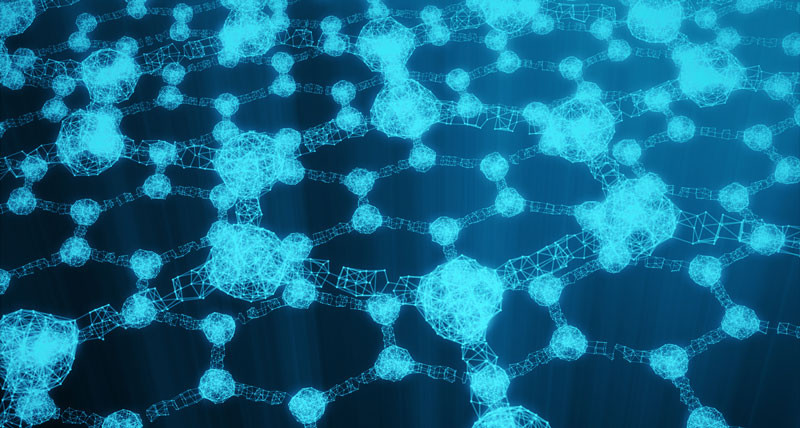All the matter we are made of was built by the stars, all the elements from hydrogen to uranium have been made in nuclear reactions that occur in supernovae, that is those stars, much bigger than the Sun, which at the end of their existence explode and scatter into space the result of all the nuclear reactions that occurred within them. So we are truly children of the stars.
We dream of travelling from macrocosm materials to microcosm materials, and back again. We dream of going beyond physical barriers, of researching and developing smart materials that offer solutions for a life respectful of Nature.
Materials are the means and, at the same time, the end of a pathway of intimate knowledge. In the future, they will come alive to perform new functions and follow an exciting technological trend that goes under the name of smart materials.
Smart materials can be the key to sustainable technological progress. They are the outcome of highly evolved technologies and intense laboratory research, since smart materials are intelligent nanomaterials that react to their surroundings. Not only do they not pollute, they can also offset the negative effects of “progress” on the environment. They are materials that react to changes in their surroundings by modifying one or more of their features (ranging across the mechanical, optical, electric, magnetic, chemical and thermal spheres).
A material’s adaptability is first of all measured according to its capacity to exploit natural resources, or to react to environmental inputs more or less autonomously, and so reproduce, at least in part, the strategies typically employed in the animal and human kingdom and so react to external conditions in a nearly biological manner.
 Vision and values
Vision and values Eldor logo
Eldor logo Overview
Overview Eldor's story
Eldor's story Eldor in the world
Eldor in the world President
President Overview
Overview CO2 Reduction
CO2 Reduction Electrification
Electrification Urban E-Mobility
Urban E-Mobility Energy
Energy Overview
Overview The President’s statement
The President’s statement Work with us
Work with us Eldor Academy
Eldor Academy Corporate social responsibility
Corporate social responsibility Overview
Overview Mobility
Mobility AI/Robotization
AI/Robotization Smart materials
Smart materials Clean energy
Clean energy Defect free factory
Defect free factory


